The world needs chromite and lithium. Afghanistan has them. What happens next?
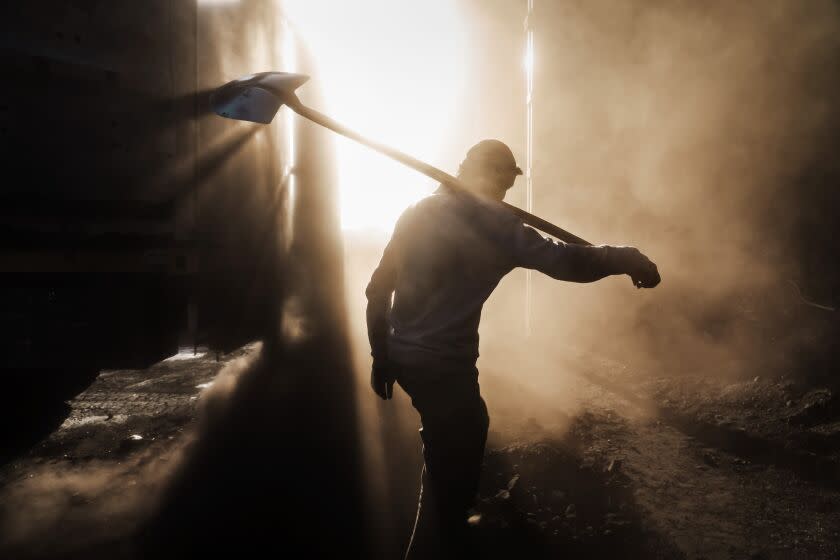
Somewhere in the Logar mountains, overlooking the highway to Kabul, Asadullah Massoud trudged up to a four-story-tall cleft. Before him was a monochromatic pattern of gray stone, save for a seam of dull, almost-black rocks.
“Look there. See that black line?” he said. “That’s chromite.”
An explosion thumped in the distance. Massoud looked up, but appeared unconcerned. “That’s not fighting. We’re mining with the open-surface method, putting explosives and going from hill to hill,” he said.
A reserved man with tinted glasses and a helmet of brown hair, Massoud is the site manager at the Mughulkhil mine, where workers extract chromite, an ore that yields chromium, a vital component of stainless steel. It’s one of many mining operations here in the eastern Afghan province of Logar and across the country, which is believed to sit atop mineral deposits so vast that the Taliban is touting them as a panacea for Afghanistan’s economic ills.
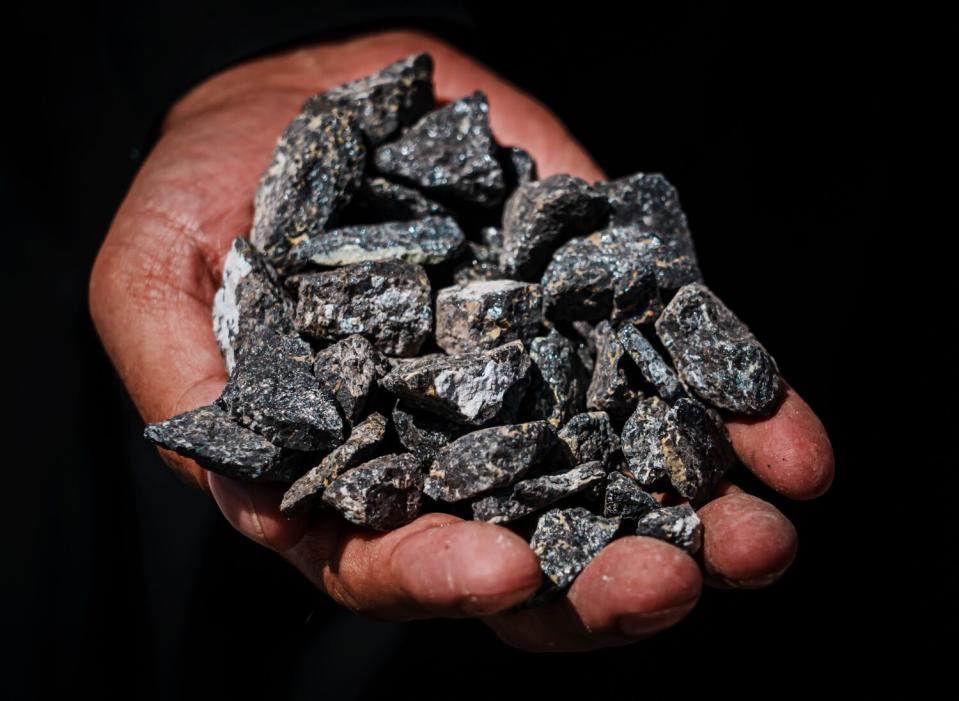
Those potential subterranean riches have also sent foreign powers such as China, Russia and Iran scrambling for a share — but not the U.S., which officially refuses to deal with the rulers of the new “Islamic Emirate of Afghanistan,” who took charge after Western forces withdrew from the then-Afghan republic last year. That has left nations largely hostile to the U.S., plus a few friendlier ones such as Turkey and Qatar, poised to exploit a mammoth supply of natural resources, and sparked concern among some American officials about being shut out.
Besides chromite, the earth here harbors rich seams of lead, zinc, copper and iron; rarer metals such as gold, mercury and uranium; and possibly the world’s largest deposit of lithium, an essential element of electric vehicle batteries that’s in greater demand than ever.
Estimates value Afghanistan’s deposits — including those whose presence has only been extrapolated from survey data — between $1 trillion and $3 trillion. While some experts caution that those figures could be overstated, the potential revenues could fundamentally transform one of the world’s poorest nations.
The Taliban has so far relied on small-scale outfits engaged in so-called artisanal mining. But its ambitions for industrial exploitation require outside help.
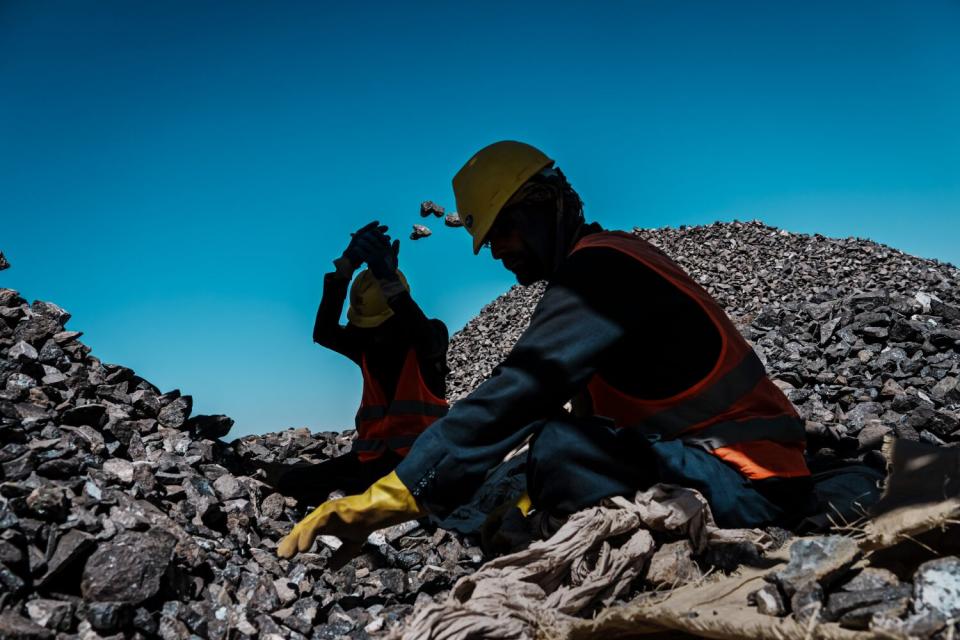
Some nations have already launched a charm offensive. In September, the Taliban trade minister announced a preliminary deal with Moscow for the purchase of discounted Russian gasoline, diesel, natural gas and wheat; he dangled access to Afghanistan’s mineral resources as possible payment in kind. Iranian officials said last month that an Iranian firm would soon begin mining for lead and zinc in the central Afghan province of Ghor.
But the most ardent suitor is China.
With more than half of the world’s electric vehicles sold in the country, China’s appetite for lithium and cobalt is skyrocketing. It also remains a voracious consumer of iron, coal and other commodities.
That’s why, in the last year, armored SUVs bearing Chinese officials and entrepreneurs have become at least a weekly presence at the Afghan Mining and Petroleum Ministry’s headquarters in southeast Kabul. Chinese companies by the dozen bid for mining concessions, Taliban officials say, including the state-owned behemoth China Metallurgical Group Corp., a self-proclaimed “super-conglomerate” that won the concession in 2007 for Logar’s Mes Aynak, one of the largest and highest-quality copper mines in the world. (Extraction hasn’t begun because the site contains archaeological artifacts, among other issues. Talks have restarted with the Taliban on proceeding with the project.)
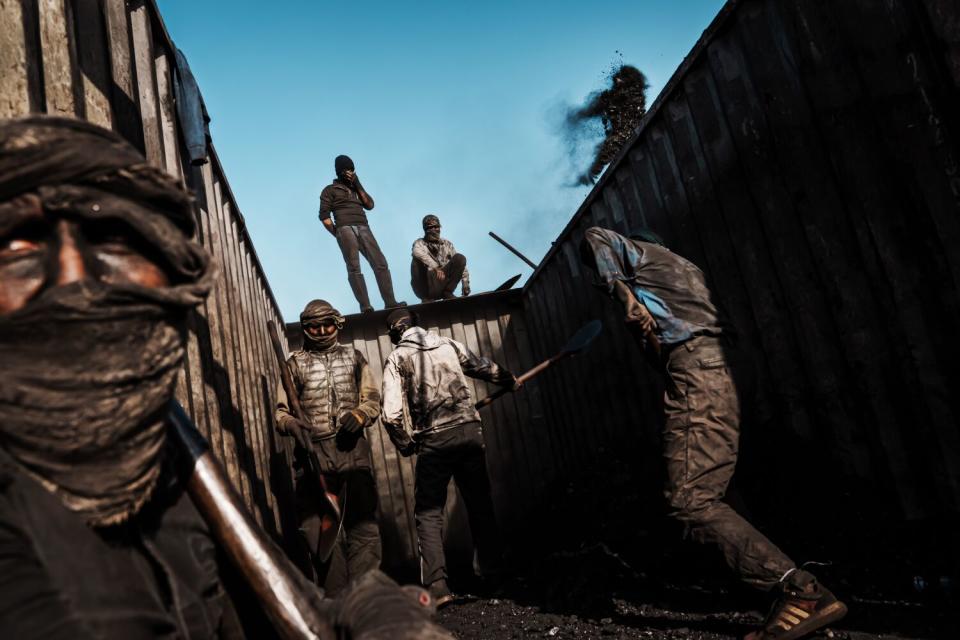
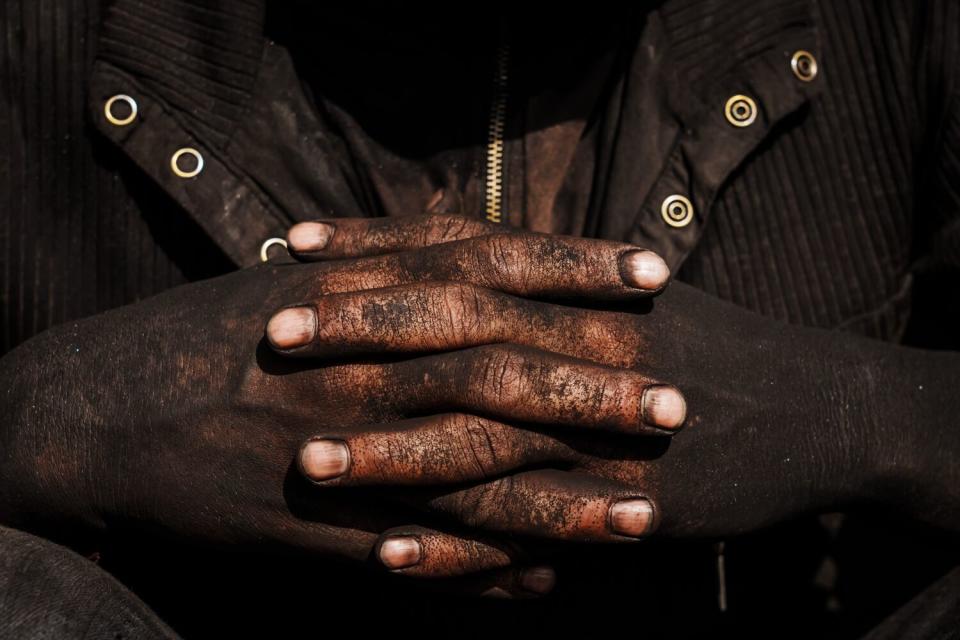
“China is a big country and it’s our neighbor. Of course we’re seeing the most interest from companies there,” said Hafez Rahmatullah Ahmad, who heads the mining ministry’s office in Logar.
Despite that, he and other officials said the Taliban prefers to deal with companies from the West or Russia because they have more capacity. Ahmad added that Russian prospecting teams had recently visited Logar province to take rock samples.
China’s angling for high-value deposits has pushed some U.S. leaders to advocate mining as a way to reengage with Afghanistan and the Taliban, with the dual benefit of helping Afghans build their economy while providing American clean-energy firms with badly needed raw materials.
“Our greatest gift … will not be assistance but economic empowerment,” Rep. Jake Auchincloss (D-Mass.) wrote in an opinion piece for the Fox News website in August, adding that the Taliban mining minister had held a virtual meeting with several American companies this year. “Mining is the first step.”
This is hardly the first time that outside interests — including the U.S. — have tried to develop Afghanistan into a Central Asian Klondike. Early survey work by the Soviets in the 1970s hinted at vast mineral deposits, but it was mostly forgotten in the chaotic aftermath of their 1988-89 withdrawal from Afghanistan.
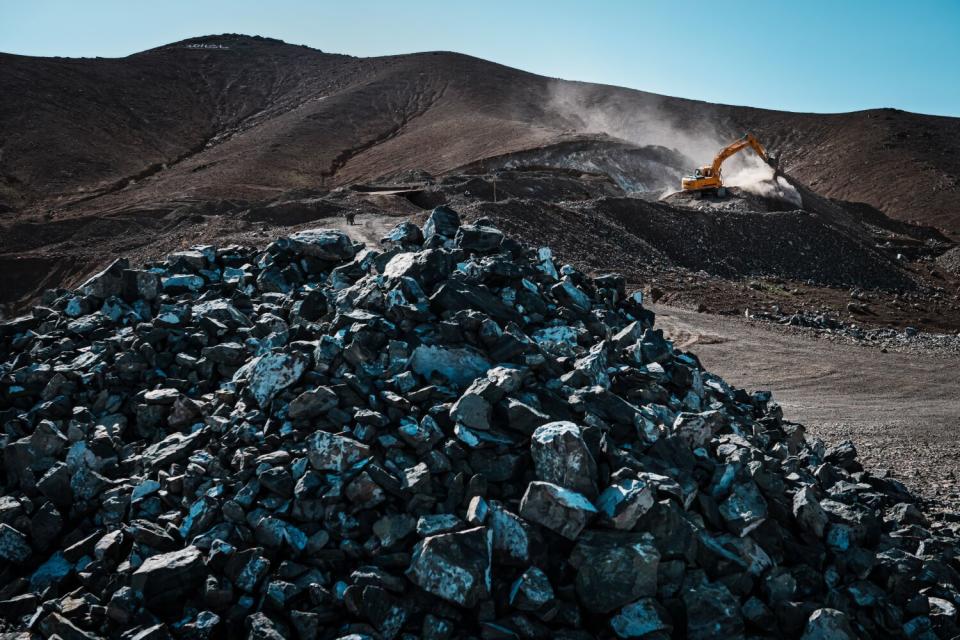
Three years after the United States invaded in 2001, the U.S. Geological Survey — using Russian maps saved by Afghan geologists — conducted its own explorations and came to the same conclusion. In 2009, a Pentagon task force charged with developing business opportunities in Afghanistan picked up the data and decided to develop the extractives sector, on the premise that it could blunt the counterinsurgency by creating jobs and dissuading people from militancy.
The U.S. poured half a billion dollars into developing Afghanistan’s oil, gas and mineral industries. But lack of infrastructure and constant fighting undercut any progress. Nearly all of the task force’s projects remained incomplete, according to a report from the U.S. special inspector for Afghanistan.
In some ways, there’s never been a better time than now to develop the sector.
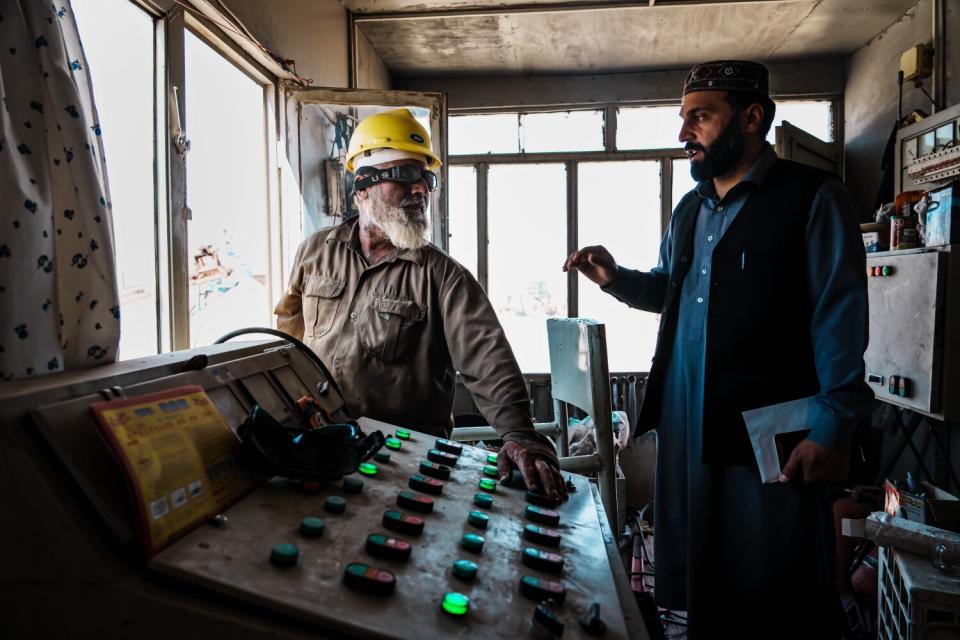
One obvious improvement under the Taliban is security. Most fighting has subsided, allowing trucks to haul goods 24/7 without fear of skirmishes or explosives-strewn roads, ever-present threats under the republic. Mining sites, even remote ones, are relatively safe.
“Before, we would get anonymous phone calls threatening us if we didn’t stop working,” said Mohammadullah Omari, a 30-year-old engineer with the Stana Baba Mining Co., which runs the Mughulkhil mine. The mine was near several pro-Taliban bastions during the war, making the seven-mile trip between the site and the head office a fraught affair. It also forced the company to strike an agreement with the militants.
“Before, we were dealing with two governments: the republic and the emirate — two contracts. Now it’s only one,” Omari said.
Bureaucracy is faster too, he said. Paperwork that took three months is now done in less than two weeks.
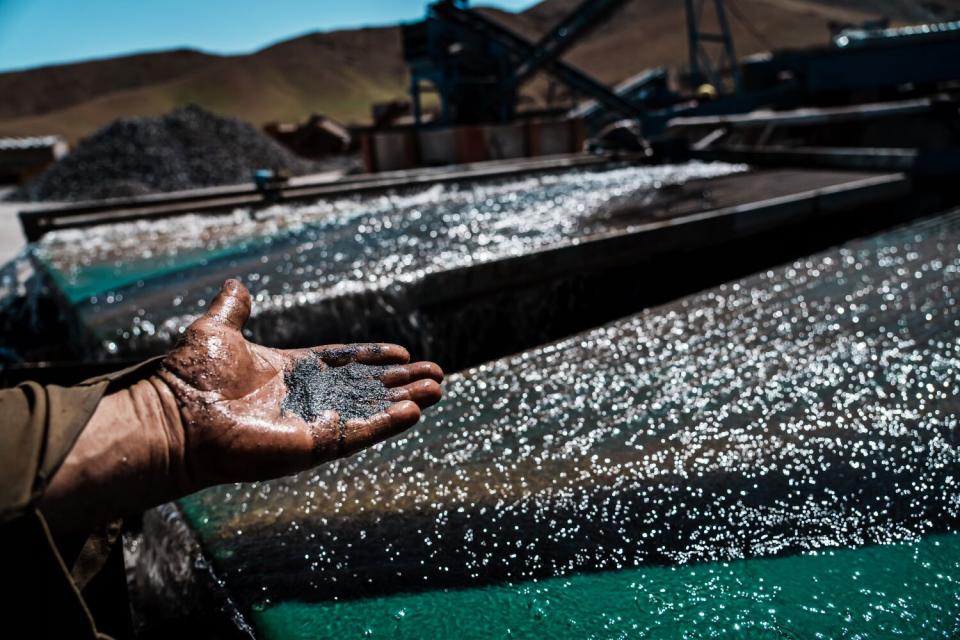
The Taliban has also focused on streamlining transport, said David Mansfield, an expert on Afghanistan’s economy. It has channeled trade to formal border crossings, tightened security along the border to reduce smuggling and reduced checkpoints.
Crucially, the group centralized revenues from taxes, cutting out corrupt warlords and factions. It reevaluated contracts, hiked mining royalties and pressed some companies to pay them up front.
The strategy has had some success, experts and financial monitoring groups say. Jawed Noorani, an Afghan mining expert, estimated that the Taliban was collecting more than $1 billion a year in taxes on minerals. Mansfield said the government has also doubled coal exports to Pakistan this year compared with the year before, taking advantage of a spike in prices because of the war in Ukraine.
“It all illustrates the Taliban getting a grip on the mining industry and putting a lot of emphasis on getting that money sooner rather than later,” Mansfield said.
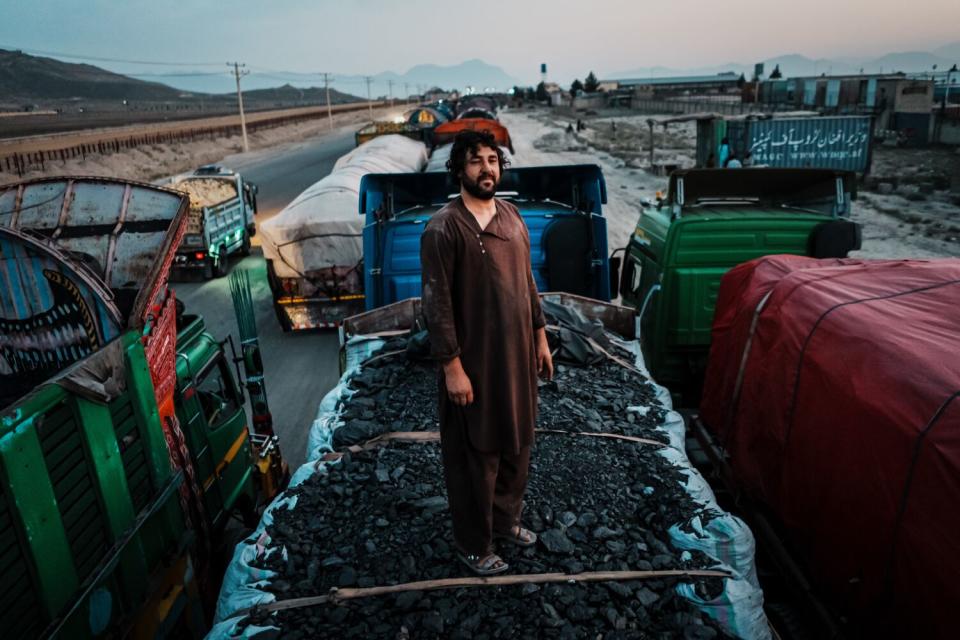
That includes stamping out the pervasive corruption that riddled the industry, involving officials, their cronies, warlords, fly-by-night contractor outfits and even U.S. special forces operatives and the Taliban’s own fighters.
Companies would extract far more than their exploration licenses allowed or systematically underreport what they exported in a sort of mineral-laundering scheme. For example, Logari chromite, known for its high purity, would go to the eastern province of Khost labeled as lower-grade ore, to be taxed at a lower rate, then get sent across the border to Pakistan to be mixed and relabeled as Pakistani, and then get shipped to China, Mansfield said.
Afghan law prohibited high-ranking officials, lawmakers and security personnel from obtaining mineral rights, but that didn’t stop politicians from trying. The Stana Baba Mining Co. was started by a then-sitting legislator.
“In the previous regime, everyone from the president down to the most junior customs official at the border would benefit,” Noorani said. “Everyone had a cut.”
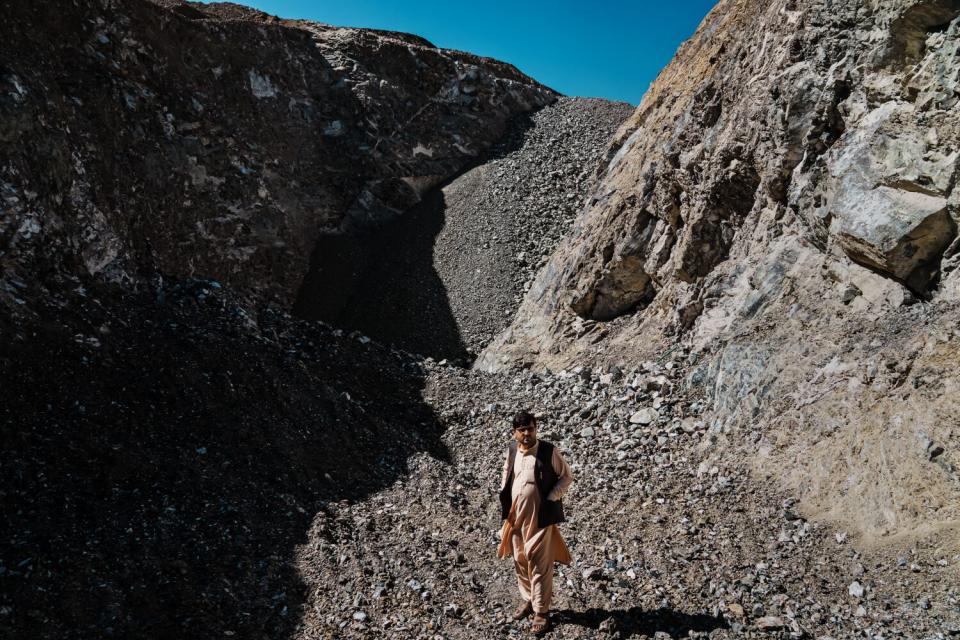
The main problem currently facing the mining sector is the one affecting Afghanistan’s entire economy: the Taliban’s pariah status. Sanctions on the group have barred the country from the global banking system, turning simple payments into logistical conundrums. Money goes through Germany, Dubai and Pakistan before finally crossing the border “in bags of cash,” said Massoud, the site manager of the Mughulkhil mine and a former government analyst who lost his post when the Afghan republic fell in August 2021.
Procuring explosives for mining is also an issue, he added, since the Taliban is not recognized as a legitimate government. And poor infrastructure, whether electricity or roads, remains an obstacle to turning large-scale mining into a profitable business.
“Objectively speaking, none of the minerals in Afghanistan are irreplaceable or even relatively economical and cost-effective,” said Zhu Yongbiao, who directs the Afghanistan Research Center at China’s Lanzhou University.
That hasn’t blunted Chinese companies’ interest in lithium; more than 20 state-owned and private firms have inquired about its extraction, Chinese official media reported in April. But Zhu said that most pulled out after field trips where they saw the challenges firsthand, creating friction with their Taliban hosts.
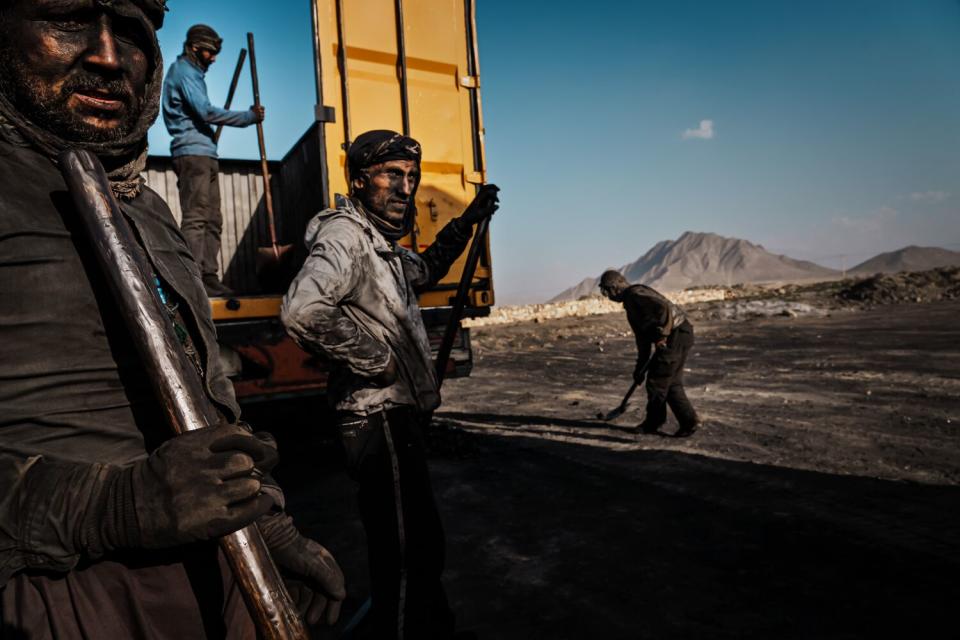
For now, lithium is off limits, Afghan mining ministry spokesman Esmatullah Burhan said, citing the complexity involved in its extraction.
“There are other minerals we talk about first — coal, chromite, nephrite, gemstones, marble. Because lithium is a material that all nations need, we will leave it till after these are expended, for the long term,” he said, adding that he didn’t expect lithium concessions to start before 2032.
Despite that injunction, observers say that small quantities of lithium continue to be exported, along with significantly increased quantities of iron and coal.
“Mining is a big area of focus for the Taliban,” said Noorani. “It’s the only source of revenue they have at this point, and they’re selling more, without always knowing what they’re selling.”
This story originally appeared in Los Angeles Times.
